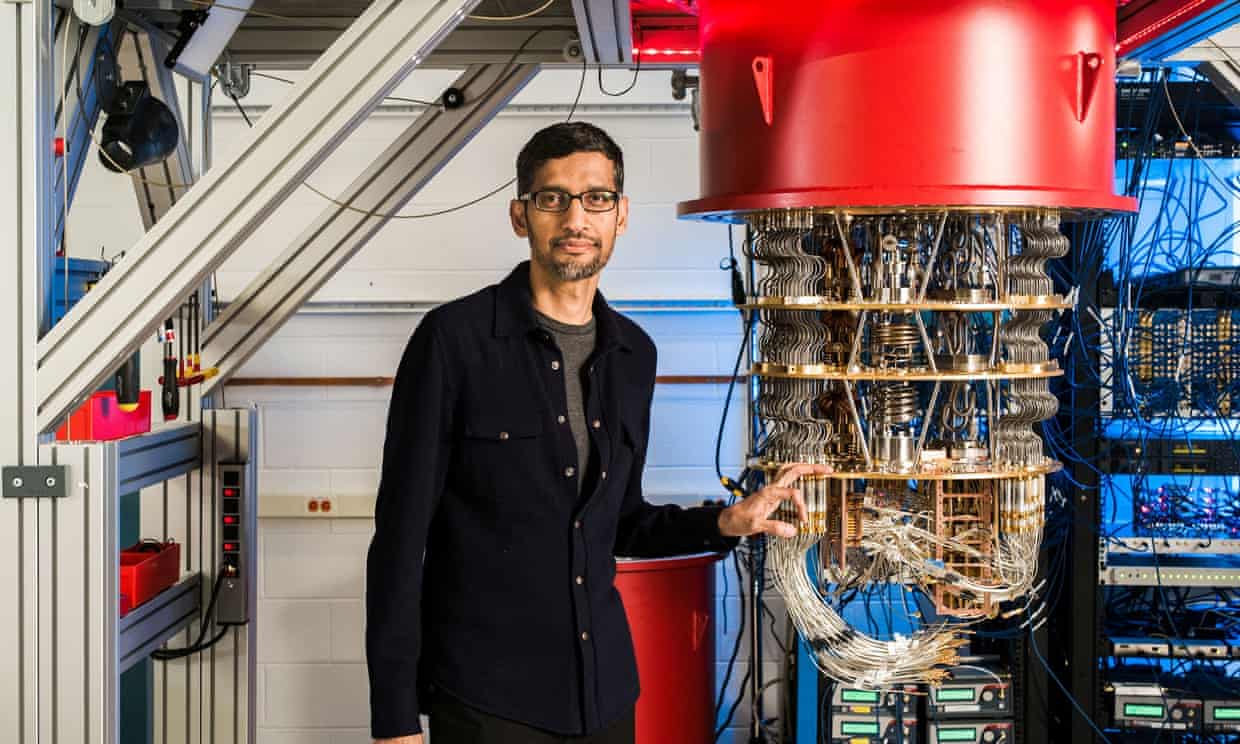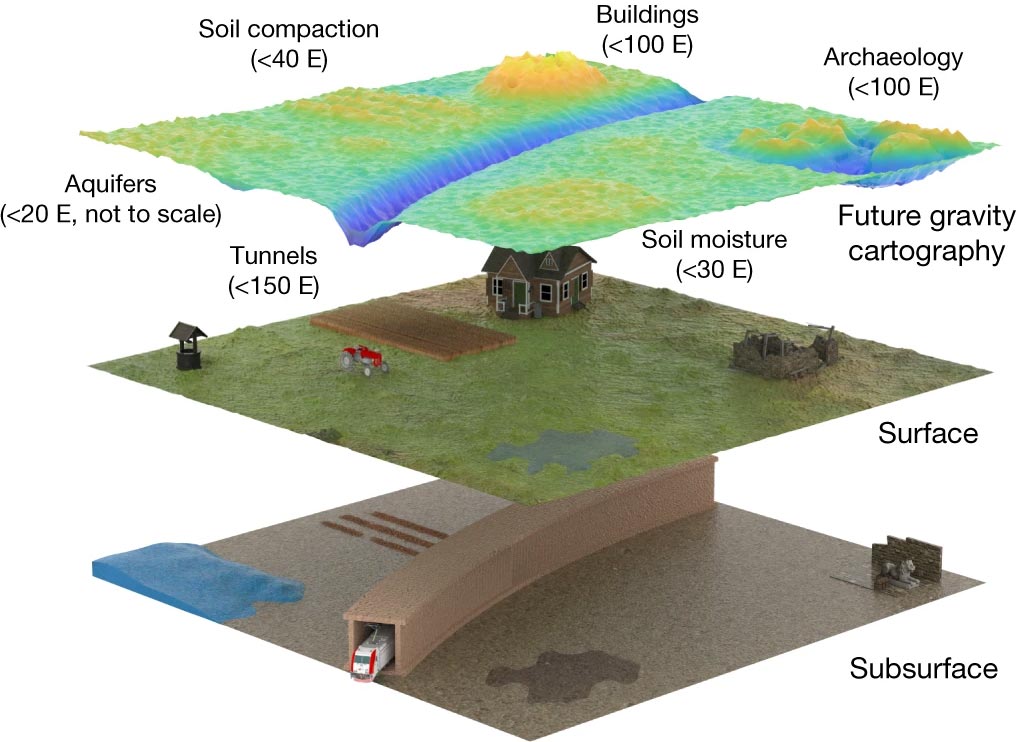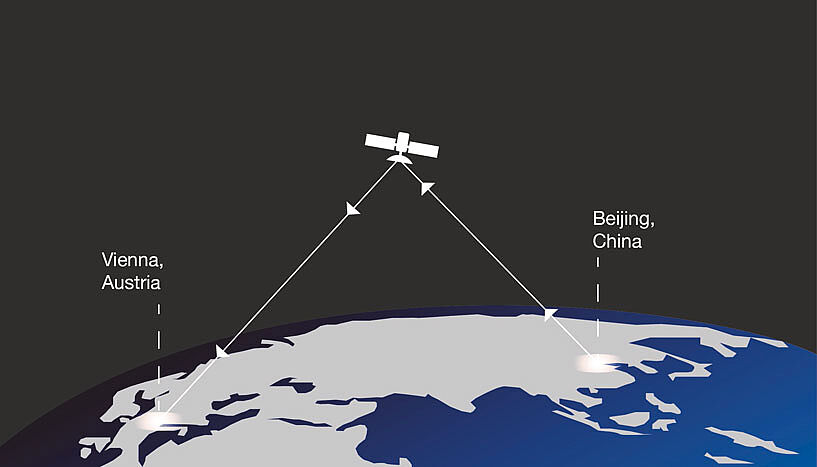Ep 4. Recent Advances in Quantum Technologies (có bản Tiếng Việt)
Quantum technologies have moved from science fiction to reality, opening up new possibilities in various fields. Thankfully, you don't need to be a quantum physicist to understand quantum technologies. All you need to know is that quantum technologies are tools and techniques that take advantage of the weird and wonderful rules of quantum physics to do something useful.
Quantum Computing
Quantum computers utilize quantum bits, or qubits, which can exist in multiple states at once due to quantum superposition, thereby potentially processing a higher volume of information more efficiently.
IBM offers cloud-based quantum computing services through their Q Experience platform, which allows researchers to run algorithms on their quantum processors which are up to 433 qubits (IBM Osprey) [1]. In 2019, Google announced their quantum processor Sycamore with 53 qubits had achieved “quantum supremacy” by sampling random circuits and solving a problem in 200 seconds that would take the most powerful supercomputer thousands of years [2]. Several other companies like IonQ, QuEra, and Xanadu are developing quantum processors with 32, 256, and 216 qubits, respectively [3]. While full scale quantum computers capable of practical applications are still years away, these advancements demonstrate potentials in drug discovery, logistics, network optimization and machine learning.

Quantum Sensors
Quantum sensors exploit quantum coherence to enhance sensor capabilities. The UK University of Birmingham’s quantum gravity gradiometer, for instance, uses quantum interference for precise measurement of tiny variations in gravitational fields [4]. This has applications in mineral and oil exploration, underground infrastructure mapping, and aquifers mapping.

In Jan 2021, US Army scientists develop Ultra-broadband quantum receiver the first to analyze entire radio frequency spectrum from 0 up to 20 GHZ, detect AM, FM, Bluetooth and WiFi [5].
Quantum Communications and Networking
Quantum communication leverages quantum entanglement for highly secure information transfer. An excellent example is China’s Micius satellite sucessfully distributing quantum keys to ground stations near Vienna and Beijing, enabling a secure virtual meeting which are 7400 km apart [6].

In addition to the Micius success, other notable quantum communication networks include a land-based quantum key distribution link set up between Vienna and St Poelten, Austria using 200 km of standard fibre optic cable [7], as well as US DARPA quantum network [8].
Điện toán lượng tử
Máy tính lượng tử sử dụng bit lượng tử hoặc qubit, có thể tồn tại ở nhiều trạng thái cùng một lúc do sự chồng chất lượng tử. Do đó, máy tính lượng tử có khả năng xử lý lượng thông tin cao hơn hiệu quả hơn máy tính truyền thống.
IBM hiện cung cấp dịch vụ điện toán lượng tử dựa trên đám mây thông qua nền tảng Q Experience, cho phép người dụng chạy thuật toán trên bộ xử lý lượng tử lên tới 433 qubit (IBM Osprey) [1]. Năm 2019, Google tuyên bố bộ xử lý lượng tử Sycamore với 53 qubit của họ đã đạt được “ưu thế lượng tử” bằng giải quyết một vấn đề trong 200 giây mà siêu máy tính mạnh nhất phải mất hàng nghìn năm [2]. Một số công ty khác như IonQ, QuEra và Xanadu đang phát triển bộ xử lý lượng tử với 32, 256 và 216 qubit tương ứng [3]. Mặc dù, máy tính lượng tử hoàn thiện có khả năng ứng dụng thực tế vẫn còn nhiều năm nữa mới có, nhưng những tiến bộ này thể hiện tiềm năng trong khám phá thuốc, vận tải, tối ưu hóa mạng và học máy.

Cảm biến lượng tử
Cảm biến lượng tử khai thác coherence lượng tử để nâng cao khả năng của cảm biến. Ví dụ, máy đo trọng sai lượng tử của Đại học Birmingham** của Vương quốc Anh sử dụng giao thoa lượng tử để đo chính xác những biến đổi nhỏ trong trường hấp dẫn [4]. Điều này có ứng dụng trong thăm dò khoáng sản và dầu mỏ, lập bản đồ cơ sở hạ tầng dưới lòng đất và lập bản đồ tầng nước.

Vào tháng 1 năm 2021, các nhà khoa học của Quân đội Hoa Kỳ đã phát triển máy thu lượng tử siêu băng thông rộng đầu tiên để phân tích toàn bộ phổ tần số vô tuyến từ 0 đến 20 GHZ, phát hiện AM, FM, Bluetooth và WiFi [5].
Mạng và Truyền thông Lượng tử
Truyền thông lượng tử tận dụng sự rối lượng tử để truyền thông tin có độ an toàn cao. Một ví dụ điển hình là vệ tinh Micius của Trung Quốc đã phân phối thành công khóa lượng tử đến các trạm mặt đất gần Vienna và Bắc Kinh, tạo điều kiện cho một cuộc họp ảo an toàn cách nhau 7400 km [6].

Ngoài thành công của Micius, các mạng truyền thông lượng tử đáng chú ý khác bao gồm hệ thống phân phối khóa lượng tử trên đất liền được thiết lập giữa Vienna và St Poelten, Áo sử dụng 200 km cáp quang tiêu chuẩn [7], cũng như mạng lượng tử DARPA của Hoa Kỳ [8].
References
[1] IBM,”IBM Unveils 400 Qubit-Plus Quantum Processor and Next-Generation IBM Quantum System Two”,URL: https://newsroom.ibm.com/2022-11-09-IBM-Unveils-400-Qubit-Plus-Quantum-Processor-and-Next-Generation-IBM-Quantum-System-Two
[2] Google, “Quantum Supremacy Using a Programmable Superconducting Processor”, URL:https://blog.research.google/2019/10/quantum-supremacy-using-programmable.html
[3] Wikipedia, “List of quantum processors”, URL: https://en.wikipedia.org/wiki/List_of_quantum_processors
[4] UBirmingham,”Sensor breakthrough paves way for groundbreaking map of world under Earth surface”, URL: https://www.birmingham.ac.uk/news/2022/sensor-breakthrough-paves-way-for-groundbreaking-map-of-world-under-earth-surface
[5] IDST.”Militaries developing Quantum receiver employing Rydberg atoms”,URL: https://idstch.com/technology/quantum/militaries-developing-quantum-receiver-employing-rydberg-atoms-for-ultrasensitive-ultrawideband-and-fast-soldier-communications/
[6] PhysicsWorld, “Beijing and Vienna have a quantum conversation”, URL: https://physicsworld.com/a/beijing-and-vienna-have-a-quantum-conversation/
[7] BBC, “‘Unbreakable’ encryption unveiled”, URL: http://news.bbc.co.uk/2/hi/science/nature/7661311.stm
[8] “DARPA quantum network: A brief history”, URL: https://www.aliroquantum.com/blog/darpa-quantum-network-a-brief-history
Enjoy Reading This Article?
Here are some more articles you might like to read next: